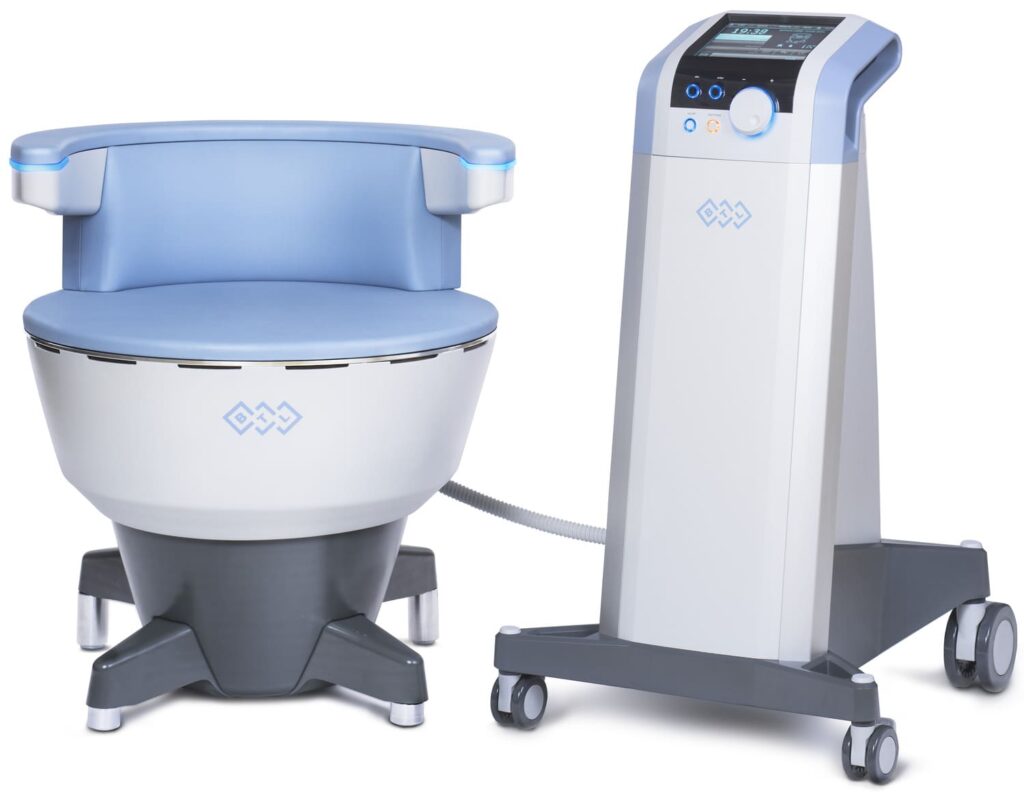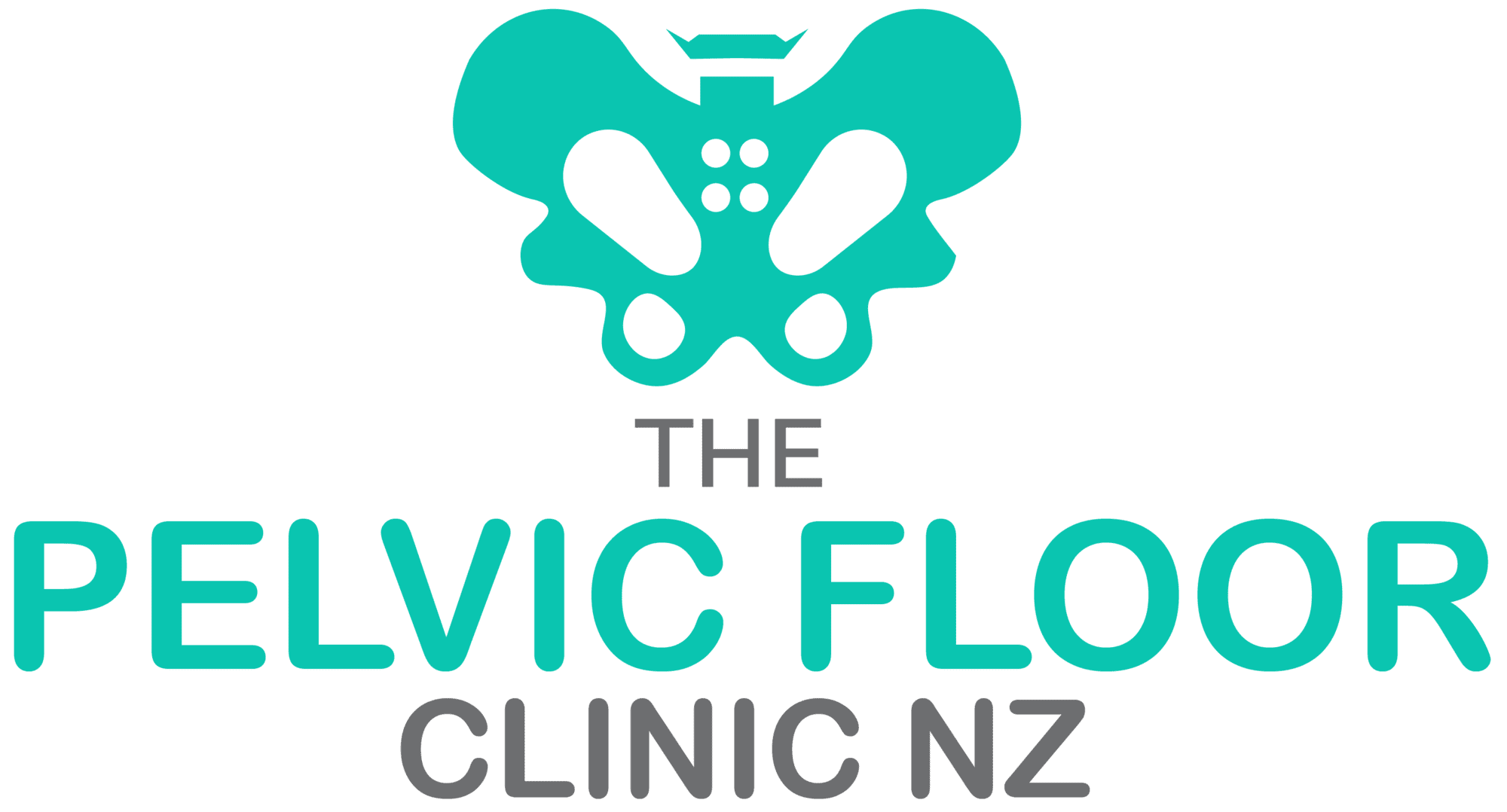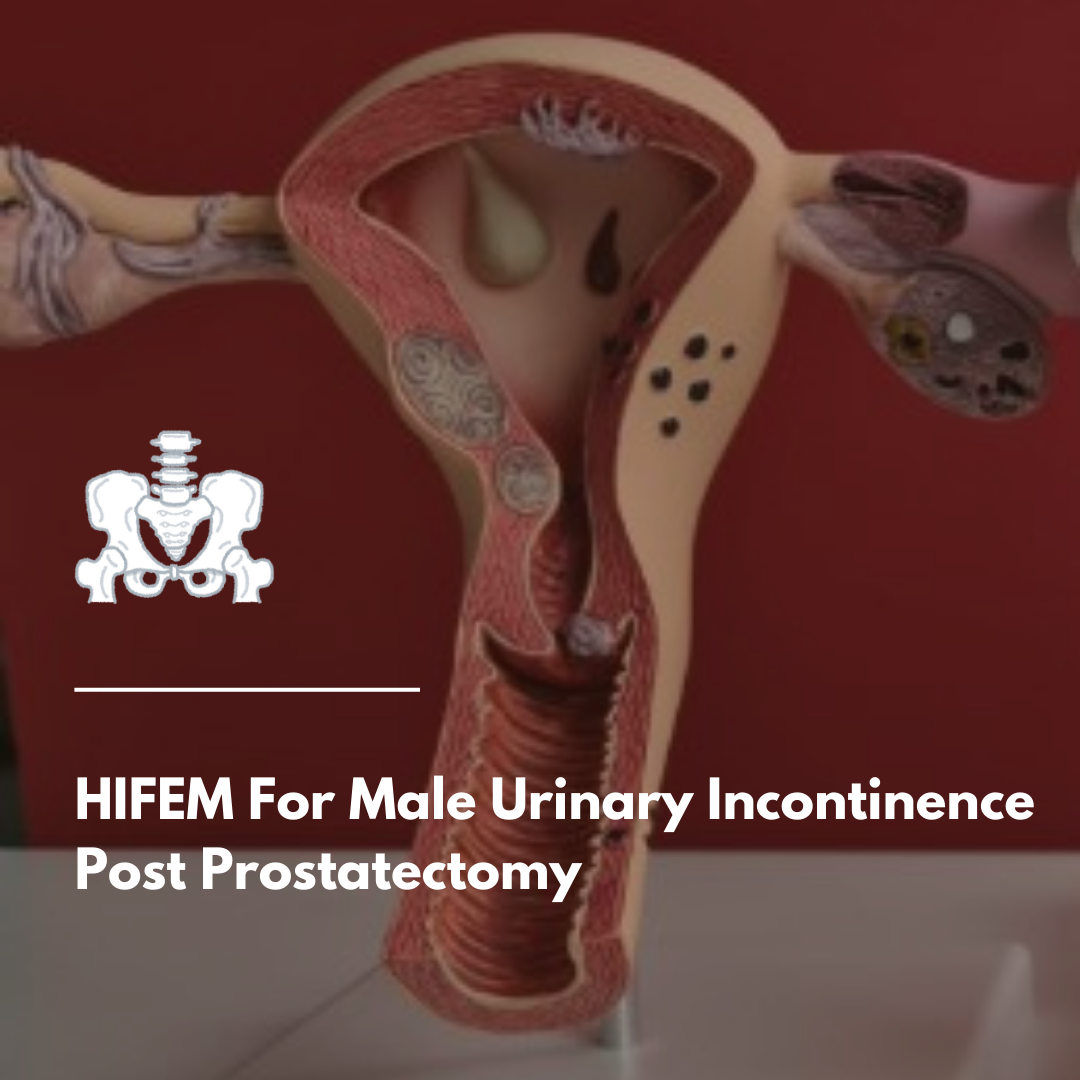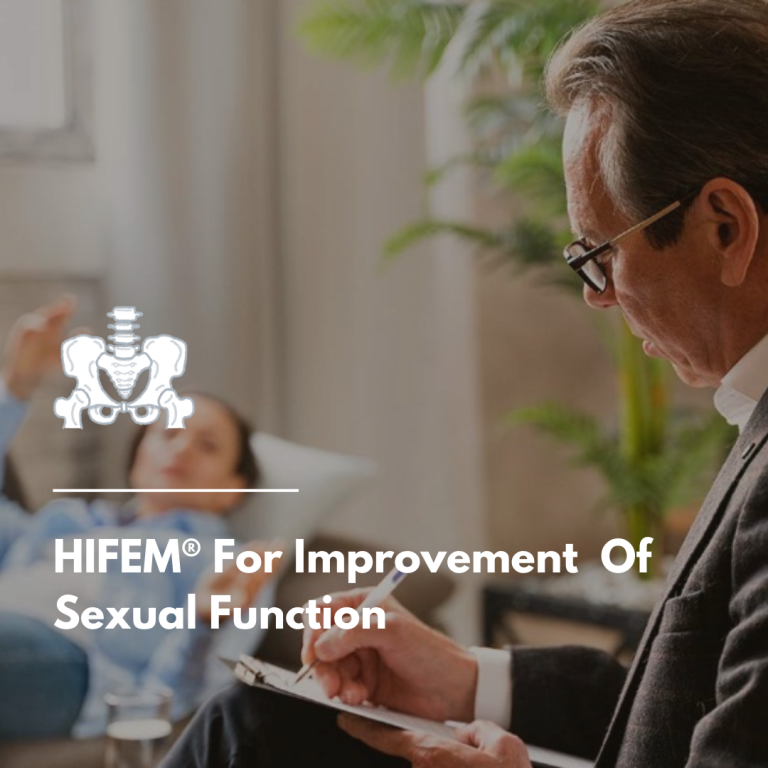Post-prostatectomy urinary incontinence (PPI) is a challenging condition that affects many males, significantly impacting their quality of life. Recent advances in High-Intensity Focused Electromagnetic (HIFEM®) technology offer a promising non-invasive solution to this problem. A groundbreaking pilot study conducted by Dr. Javier Azparren and Dr. Judson Brandeis sheds light on how HIFEM® can transform the lives of elderly males suffering from PPI.

What is HIFEM® Technology?
HIFEM® technology uses electromagnetic pulses to stimulate and strengthen pelvic floor muscles.

This non-invasive procedure targets deep muscle layers, restoring muscle function and control, which is crucial for managing urinary incontinence.
Study Design and Participants
The study involved 10 males, averaging 73 years of age, who had undergone radical prostatectomy and were experiencing persistent PPI. These patients underwent six HIFEM treatments, delivered twice weekly, to evaluate the effectiveness of the procedure.
Key Findings
The results of the study were overwhelmingly positive, with significant improvements of males across multiple domains of life quality.

General Health Perception and Urinary Incontinence
Patients reported a 27% improvement in their overall health perception and reduced incontinence. This outcome reflects enhanced control over urinary function and a marked decrease in associated frustrations.Daily Activities
Participants noted a 34% reduction in limitations caused by PPI. Tasks that once seemed daunting, such as exercising or socializing, became easier, contributing to an improved lifestyle.Sleep and Energy Levels
One of the standout findings was a 53% improvement in sleep and energy levels. Restful sleep, often disrupted by frequent nighttime urination, significantly improved, leaving patients feeling more energetic during the day.Emotional Well-Being
The study highlighted a 43% improvement in emotional well-being. Many men reported feeling less depressed and more optimistic about their health and future.Social Life
Social limitations caused by the embarrassment of urinary leakage decreased by 42%. males felt more confident engaging in activities and interacting with others without fear of accidents.Reduced Reliance on Pads
On average, participants experienced a 40% reduction in the use of adult hygiene pads, with some reducing their usage to just one pad per day. This change not only saved money but also boosted self-esteem.
How HIFEM® Works for PPI
HIFEM® technology targets the weakened pelvic floor muscles, which play a critical role in urinary control. The electromagnetic pulses induce powerful muscle contractions, strengthening the pelvic floor and restoring its function. Unlike traditional exercises like Kegels, HIFEM® can engage deeper muscle layers that are hard to activate voluntarily.
Why HIFEM® is a Game-Changer

For elderly men, particularly those recovering from prostate surgery, managing PPI can be both physically and emotionally taxing. Conventional treatments, such as pelvic floor physical therapy or surgical interventions, can be invasive or less effective. HIFEM® offers a painless, efficient, and non-invasive alternative with proven results.
Patient Testimonials
Patients who underwent the treatment reported significant changes in their daily lives.
- “For the first time since my surgery, I feel in control of my bladder. It’s like I’ve regained a part of myself,” said one participant.
- Another shared, “I was able to enjoy a night out without worrying about leaks. It’s truly life-changing.”
Implications of the Study
The findings suggest that HIFEM® could become a standard treatment for PPI, offering relief to countless men worldwide. While the study focused on a small group, the results are promising and pave the way for larger-scale research.
Considerations and Next Steps
Although the outcomes are impressive, experts recommend maintenance treatments for sustained benefits. The study also emphasized the importance of individual assessment to tailor treatments based on specific needs.
Conclusion
HIFEM® technology represents a beacon of hope for men struggling with post-prostatectomy incontinence. By improving muscle strength and overall quality of life, this non-invasive procedure is redefining care for PPI. As awareness and availability grow, HIFEM® has the potential to transform the lives of countless individuals, giving them confidence and control over their bodies.
FAQS
1. What is post-prostatectomy incontinence (PPI)?
PPI is involuntary urinary leakage that occurs after prostate surgery, often due to weakened pelvic floor muscles.
2. How does HIFEM® help with PPI?
HIFEM® strengthens pelvic floor muscles through electromagnetic stimulation, restoring control and reducing incontinence.
3. Is the HIFEM® procedure painful?
No, the treatment is non-invasive and painless, often described as a sensation of deep muscle contractions.
4. How many sessions are required?
The study showed significant results after six sessions. However, the number may vary based on individual needs.
5. Are the effects of HIFEM® permanent?
Results are long-lasting, but maintenance treatments may be recommended for sustained benefits.




